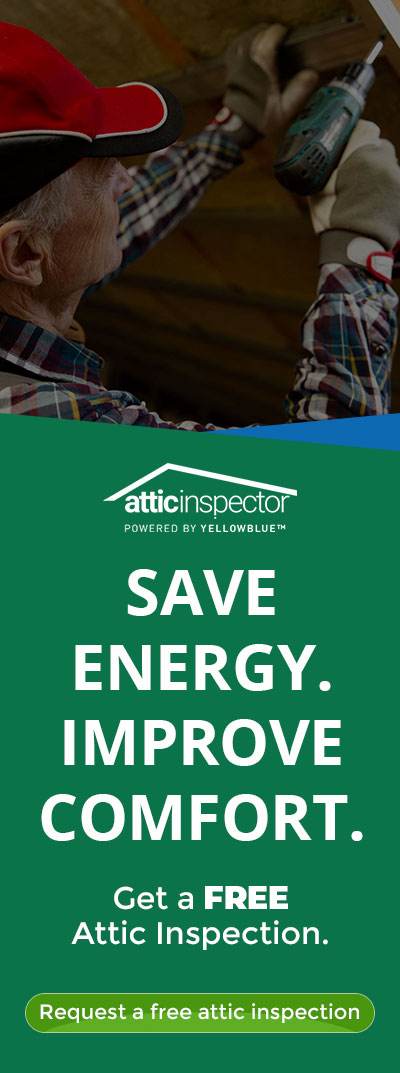It’s less than the price of most movie tickets and chances are it’s lower than what most of us pay out to Starbucks on a weekly basis.
At about $10.28 cents per kilowatt hour, the average retail price of electricity in the United States honestly doesn’t sound like much.
Yet any homeowner would disagree. That seemingly inexpensive number is a wolf in sheep’s clothing. The amount paid on electricity each billing cycle equates to a painfully higher amount over time that comes off the top of an honest, hard-working salary.
Yet any homeowner would disagree. That seemingly inexpensive number is a wolf in sheep’s clothing. The amount paid on electricity each billing cycle equates to a painfully higher amount over time that comes off the top of an honest, hard-working salary.
The time is now to put down your wallets and listen to what experts are saying: solar is the light of the future.
At least that’s the outspoken opinion that appeared in a recent Huffpost article. Contributor Ali Ash says it all comes down to cost.
Taking steps like those outlined by the U.S. Department of Energy to do things like programming a thermostat, maintaining air conditioning and heating systems, and sealing any air leaks are good places to start.
But going green doesn’t stop there. Many options exist that do require some amount of an investment as well. And the dividends speak for themselves.
Ventilation
When it comes to energy wasters, the answers might be more obvious than most people realize. Sure, it makes sense to work hard to keep outside air outside in the balmy, summer months, just as it does to keep air inside during the chilly, winter months.
How you accomplish that, however, is where many homeowners go wrong. It is estimated that about 90 percent of homes in America are under insulated. Furthermore, Energy Star reports the attic is one of the most promising places to look for the largest opportunity for cost savings in your home.
What that means for the average homeowner is two-fold: not only is it important to be well insulated, but it’s important to keep that air flowing.
In the heat of summer, temperatures in attics can reach incredibly high temperatures. This causes damage to not only your keepsakes and antiques, but also to the integrity of the roof. In the winter months, moisture rising from your living space creates a breeding ground for mold and mildew. Ice damming during the winter can also cause significant problems as you work to keep your house warm.
An easy and affordable solution to this problem is to install solar attic ventilation systems to help facilitate air circulation. The improved air flow can mean great things for the life of your roof, cut down your electric bills, and save you the estimated $100 or more per year it costs to power an electric fan.
Insulation
And ventilation’s partner in crime – insulation.
The Global Roof Insulation Market is poised to grow at a CAGR of around 5.1 percent over the next decade to reach approximately $13.9 billion by 2025, according to a recent study by the world’s largest market research organization.
Research and Markets recently added “Global Roof Insulation Market Analysis & Trends – Industry Forecast to 2025” report to their offering of resources.
The study focuses on market trends, leading players, supply chain trends, technological innovations, key developments and future strategies.
Multi-layer reflective insulation products are considered revolutionary in the rapidly growing market of insulation options. It is designed to help improve heat transfer using two highly reflective aluminum surfaces.
And it’s more than just a barrier. Made up of 99 percent aluminum, reflective insulation products can block up to 97 percent of radiant heat transfer in a safe and environmentally friendly way. Multi layer insulation truly is today’s green insulation.
It is also easy to install and is scientifically designed and tested for performance and durability, backed by a long-term product warranty.
Want to learn more about saving money and living more comfortably?
It’s time to start putting that $10.28 per kilowatt hour elsewhere in the budget. How? Proper ventilation and multi-layer insulation pack a powerful punch that can help your home be more comfortable for less money.
Contact us for more information today.




